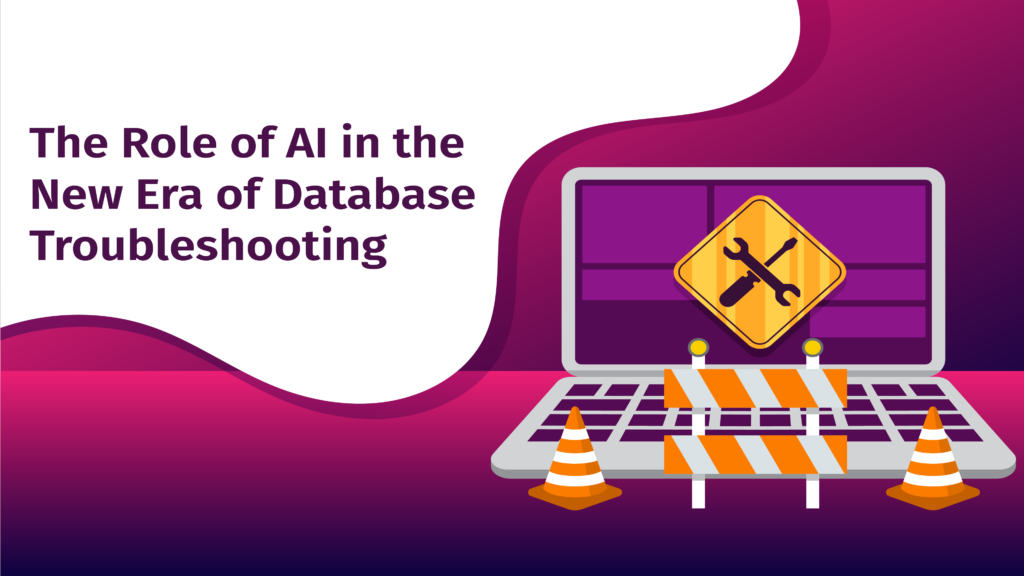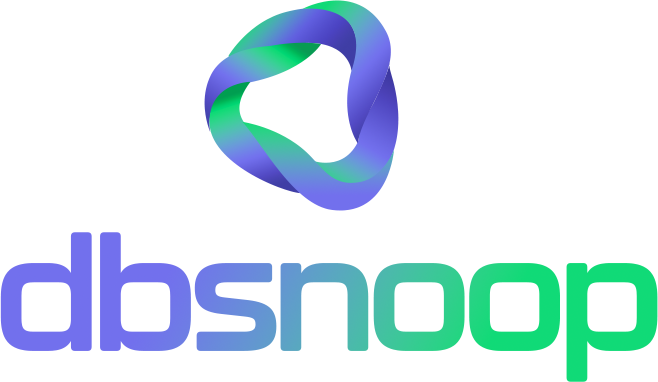

Database troubleshooting has always been an arduous, complex, and often reactive task. For DevOps professionals and DBAs, the traditional process involves diving into logs, analyzing metrics, trying to replicate the problem, and finally, testing hypotheses to find the root cause of degraded performance. With the increasing complexity of cloud architectures and the massive volume of data, this model has become unsustainable.
However, a quiet revolution is underway, driven by Artificial Intelligence (AI). AI is not just an analysis tool; it’s an intelligent partner that is redefining troubleshooting, transforming it from an intuitive and reactive art into a predictive and automated science. This article explores how AI is at the center of this transformation, detailing the capabilities that dbsnOOp offers to solve performance problems faster and smarter.
From Human Diagnosis to Machine Intelligence
Manual troubleshooting has its limitations. It depends on the professional’s experience and intuition to correlate events in distributed systems. What happens when the problem is caused by a subtle combination of factors, such as a query that, at a specific moment, is executed with a suboptimal execution plan due to data distribution? This is where AI excels.
AI brings three fundamental capabilities to troubleshooting:
- Pattern and Anomaly Analysis: AI is capable of analyzing large volumes of telemetry (metrics, logs, traces) in real-time, identifying behavioral patterns that would be impossible for a human to detect. It doesn’t just recognize a CPU spike, but understands that this spike is outside the normal pattern for that time, on that server, caused by that specific query.
- Event Correlation and Root Cause: AI doesn’t stop at finding isolated anomalies. It correlates events to identify the root cause. An increase in a query’s wait time may be linked to a lock in another transaction, which in turn was triggered by an automatic backup job. dbsnOOp’s AI connects all these dots to deliver an accurate diagnosis, eliminating “troubleshooting in the dark.”
- Predictive Analysis: The future of troubleshooting is not reactive, it’s predictive. AI learns the behavior of your infrastructure and, based on historical data, can predict that degraded performance is about to happen. It identifies the start of a query regression before it becomes a critical problem, allowing the DevOps team to act proactively.

dbsnOOp: An AI-Powered Diagnostic Engine
dbsnOOp was developed to be the diagnostic engine that operates at the core of your database, using AI to transform the way you handle performance issues. Our platform goes beyond basic infrastructure metrics, focusing on what really matters: the behavior of each query.
Here are the features that dbsnOOp’s AI offers:
- Intelligent Performance Regression Detection: The AI continuously monitors every query in your environment, instantly identifying when one of them starts executing more slowly than normal, even if the latency increase is subtle. It doesn’t wait for a generic high-CPU alert to act; it goes straight to the point.
- Detailed and Contextualized Diagnosis: When dbsnOOp’s AI detects a problem, it doesn’t just deliver an alarm. It provides a complete diagnosis, explaining what happened, which query was affected, what the ideal versus the current execution plan was, and why performance was degraded. It correlates the problem with the context of the application, the user, and the cloud, delivering a 360° view of the situation.
- Automated and Actionable Solutions: The big differentiator of AI in dbsnOOp is that it doesn’t stop at diagnosis. It suggests the solution. The AI can generate the DDL command to create a new index, suggest rewriting a query, or point out the need for parameter adjustments, eliminating research time and allowing your team to focus on implementing the solution.
- Cloud Cost Optimization: An inefficient query is a waste of resources. dbsnOOp’s AI quantifies the cost of each performance problem in the cloud, allowing your team to prioritize troubleshooting optimizations that, in turn, generate a direct financial return for the business, aligning DevOps and FinOps.
Conclusion
AI will not eliminate the need for a DBA or a DevOps team. On the contrary, it will free these professionals from operational and reactive tasks, allowing them to focus on architecture, strategy, and innovation. The future of database troubleshooting is with AI in charge of diagnosis and the technology professional in charge of strategy.
Want to transform your database troubleshooting with the power of AI?
Schedule a demo here.
Learn more about dbsnOOp!
Learn about database monitoring with advanced tools here.
Visit our YouTube channel to learn about the platform and watch tutorials.


